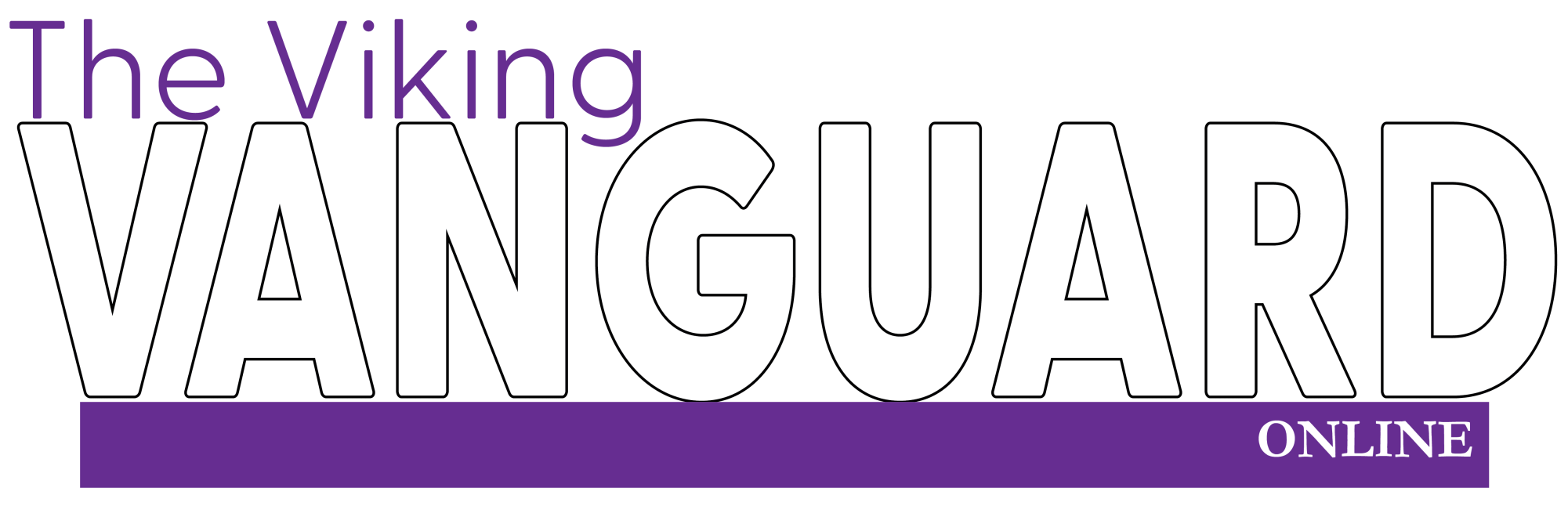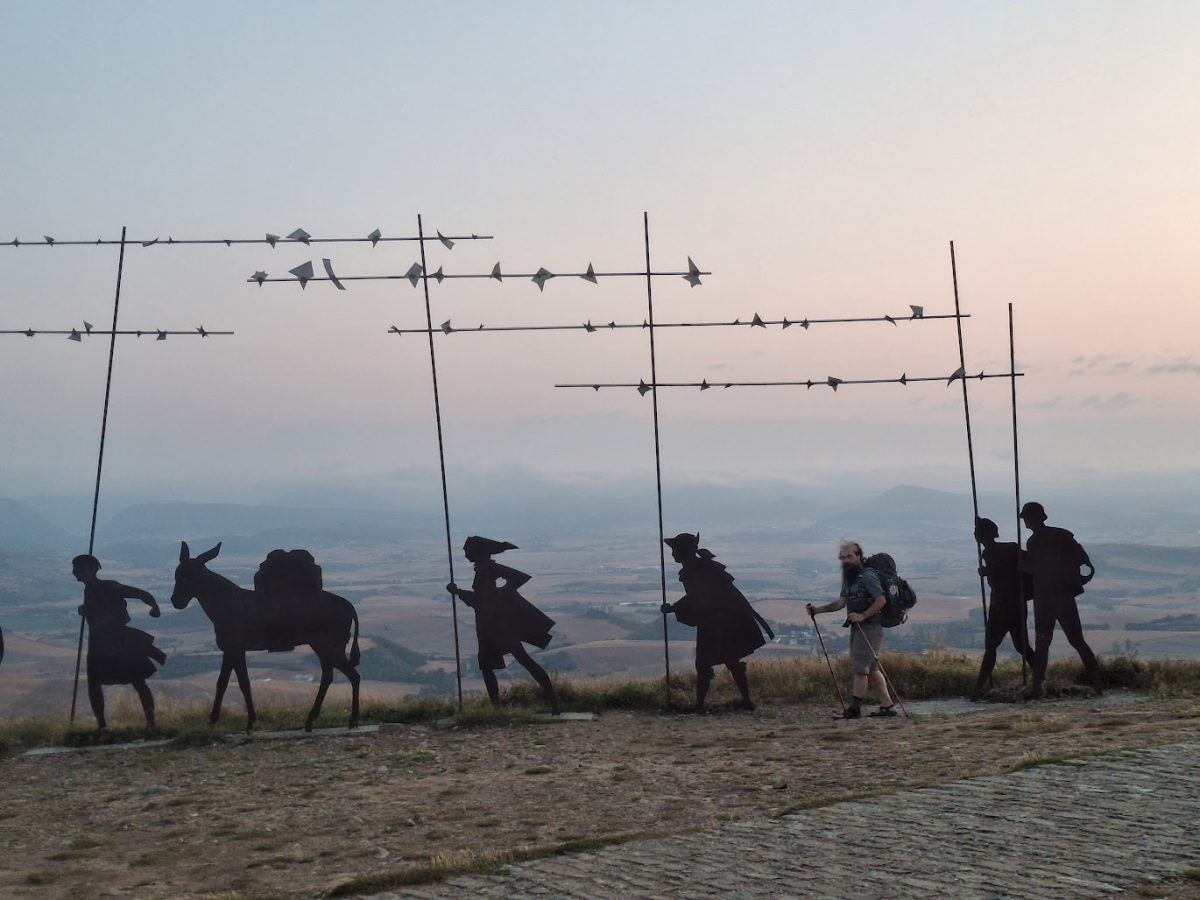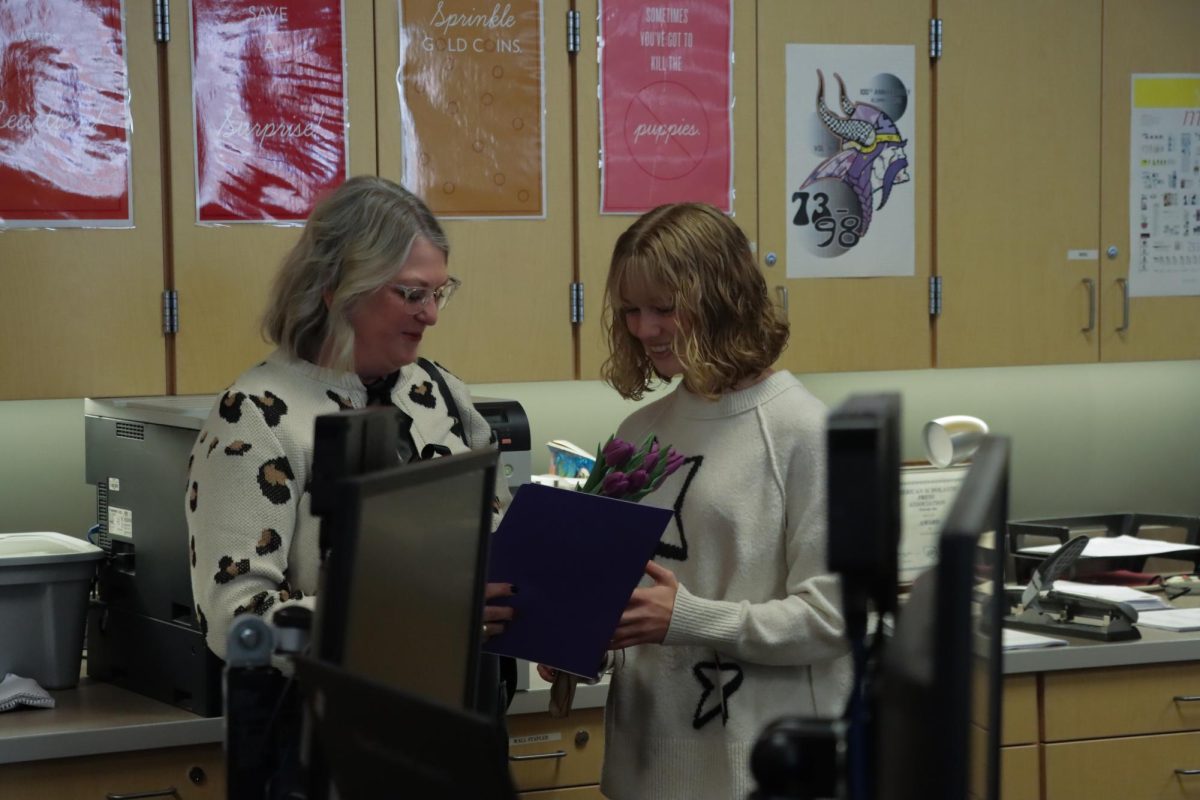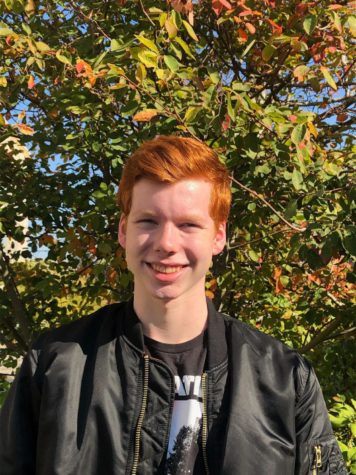Though time has passed, one thing remains true about education at Puyallup High School: Teachers have always been one of the biggest factors behind the student experience. Throughout their school career, students will be taught by a variety of unique individuals, shaping the person they grow into. For some PHS teachers, they have spent decades at this specific school, leaving a lasting impact.
As PHS reflects on the milestone anniversary of the graduating classes of 1999, a few teachers’ careers have spanned the 25 years.
Orchestra teacher Todd Giltner is currently in his 40th year at PHS, and he can recount all of the ways the school has evolved.
“The building is different, it was remodeled in 1994, the students are different. Some things are better, I remember starting when there was the hand mimeograph machine, now I can sit at my desk and send copies to the copy machine,” Giltner said. “It’s really kind of awesome; there’s an elevator in the building that works, an auditorium with modern lights and sound.”
One of the changes that stands out for Giltner is the introduction of new technologies. While copy machines were already exciting, computers changed the way the school operated.
“When I started, there were no computers. I think it was my second year here when the first computer arrived in the building, and it was like this magical box in the faculty room. So, yeah, computers have changed a lot,” Giltner said.
Math teacher Michael Segers reflected on the changing technological environment of the school.
“It’s a love-hate relationship with technology. It’s nice, it’s convenient, but it’s a pain because it’s glitchy sometimes,” Segers said. “I’m working harder than I was back then, I’m making more electronic resources, and I didn’t have to because I couldn’t back then.”
Giltner also highlighted the changing views on emotional wellness and mental health over the years.
“Things are a lot easier on the students, now, the bar has been lowered significantly, back in the late 80s, we didn’t care a whole lot about hurting a kid’s feelings, some of it was like, hey, you know, this is what we’re here for, let’s do it, and now, we’re very concerned with social emotional state and all that, and a lot of that’s very good, but sometimes I yearn for a little bit of push,” Giltner said. “Not to be negative, but students are a lot softer now than they were then… Back then, folks didn’t talk about a lot of the things that we talk about now. It’s good to get it out in the open, talk about stuff and if there’s stuff going on, work through it.”
Over the years, staff have gotten more formal training in emotional wellness.
“We’ve always tried to be there for students emotionally, but I think now as a staff we get more training in that. We are certainly more deliberate about the social emotional learning portion of it, it’s important that we’re making that attempt,” Segers said.
Giltner believes that the school staff has taken on a more active role in helping “parent” students and prepare them for the future.
“It seems like as time has gone on, more and more of what used to be taken care of at home has now migrated to being taken care of at school, the roles of the parents have become less and less, and it’s been transferred onto the onto schools and school staff.” Giltner said. “Spending a whole lot of time at home, it doesn’t seem like they’re talking about ‘What’s your future going to look like?’ Back when I started kids talked about that stuff with their parents, how to do things, how to manage money, but then here we are now having to do that sort of stuff.”
Segers also discussed the decrease in hazing traditions around the school.
“There was a time where it was a rite of passage for sophomores. They all got taken over to Clark’s Creek and dunked in the creek, the school had to discipline the seniors that hazed the incoming sophomores,” Segers said. “So there was that going on, and now that just can’t happen.”
Clubs and other extracurriculars have also had an increase in popularity, with a wide variety of things for students to participate in.
“[Now] there’s more clubs, there’s more inclusion, there’s more participation. There was always a math club, chess club and a drama club, but now there’s so much more opportunity to form a new club,” Segers said. “The diversity of clubs [now] is huge compared to what I recall back then, there was nowhere near as much opportunity to participate in extracurriculars or high school related clubs.”
College has also become more competitive for students, especially for state schools.
“There were always students that were working towards elite colleges. So there was always that group of students, and then there were students that were just trying to get into state schools,” Segers said. “I think it was way less competitive back then to get into a state school, but probably pretty similar in competitiveness to try to get into MIT or Stanford.”





